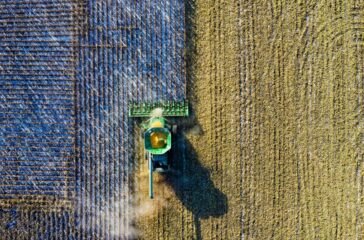As climate change threatens farming, incentives for cover crops could help
Once a farmer understands how ecosystems function, planting cover crops is an obvious choice. At least, that’s what North Dakota farmer Gabe Brown believes. For nearly three decades, Brown has been planting his cash crops (barley, oats, wheat, rye, and others) alongside cover crops—plants that are not for sale but instead are planted among cash crops to help retain water, prevent erosion, and increase soil fertility.
 EWG
EWG
